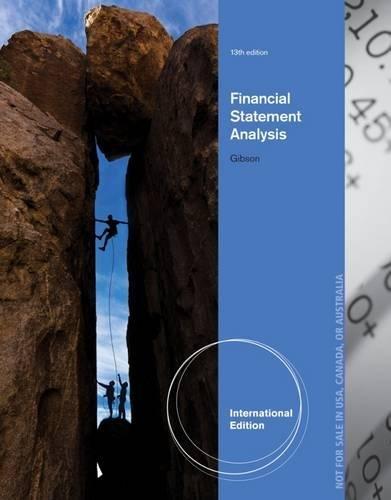Answered step by step
Verified Expert Solution
Question
1 Approved Answer
The following question will test your skills of time value of money techniques applied to credit cards. Suppose you owe $10,000 on a credit card.
The following question will test your skills of time value of money techniques applied to credit cards. Suppose you owe $10,000 on a credit card. The credit card has an APR1 of 18%. In the following questions we will assume you make NO additional charges on your credit card.
a. If you wish to pay of the balance in 5 years, how much should you pay monthly?
b. If you make the required payments calculated in a., at the end of the first year (just after you have made the 12th monthly payment), how much do you owe on the credit card?
c. If you make the required payments calculated in a., how much interest do you pay over the first year?
d. If you make the required payments calculated in a., how much interest do you pay over the five-years?


Step by Step Solution
There are 3 Steps involved in it
Step: 1

Get Instant Access to Expert-Tailored Solutions
See step-by-step solutions with expert insights and AI powered tools for academic success
Step: 2

Step: 3

Ace Your Homework with AI
Get the answers you need in no time with our AI-driven, step-by-step assistance
Get Started


